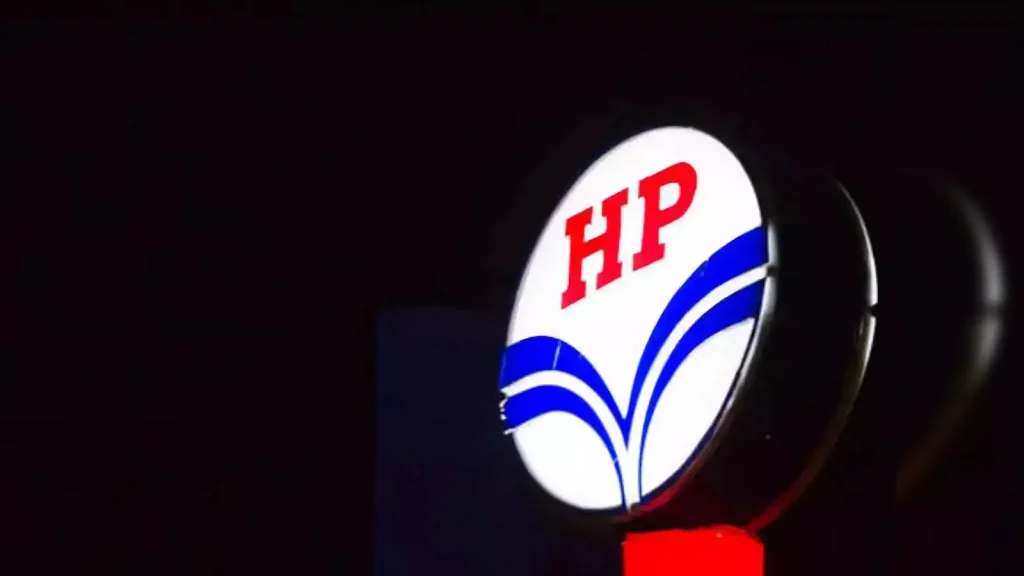$231 million investment: HPCL to build 24 compressed biogas (CBG) plants in 2–3 years to cut emissions and support energy transition.
CBG mandate scaling up: India’s government mandates 1% CBG blending in auto and cooking gas, targeting 5% by 2028–29.
Strategic energy shift: Move aims to reduce LNG imports and increase gas share in India’s energy mix from 6% to 15% by 2030.
Hindustan Petroleum Corp Ltd (HPCL) will invest ₹20 billion ($231 million) over the next two to three years to construct 24 compressed biogas (CBG) plants through its subsidiary, HPCL Renewable and Green Energy Ltd.
“Each facility will generate 10 to 15 tons of CBG daily using agricultural waste, cattle dung, sewage water, and other organic feedstock,” said Mohit Dhawan, CEO of HPCL’s green energy arm. The company has already launched two CBG plants.
This initiative is part of India’s broader push to curb carbon emissions and meet its 2070 net-zero target. CBG, derived from organic waste, is central to that strategy.
The government has mandated a 1% blend of CBG into gas used for vehicles and cooking as of April, with plans to increase this to 5% by 2028–2029, according to Vikas Singh, Director at the Ministry of Petroleum and Natural Gas.
RELATED ARTICLE: India’s Energy Transition: Economic Insights From India Foundation’s Shaurya Doval
“About 28 million standard cubic meters per day (MMSCMD) of gas is currently used in transport and household cooking. We expect this to rise to 44 MMSCMD by 2028–29,” Singh said, adding that India will have 480 CBG plants by then, including 195 from state-run companies.
India currently imports nearly 50% of its gas via expensive liquefied natural gas (LNG). By expanding domestic biogas infrastructure, the country aims to increase natural gas’s share in its energy mix from 6% to 15% by 2030.
Follow ESG News on LinkedIn

